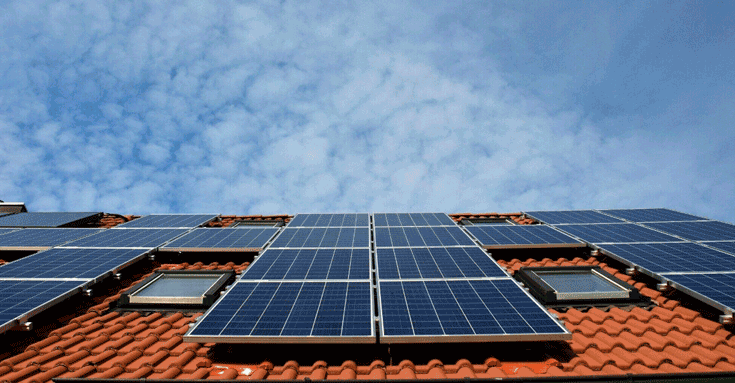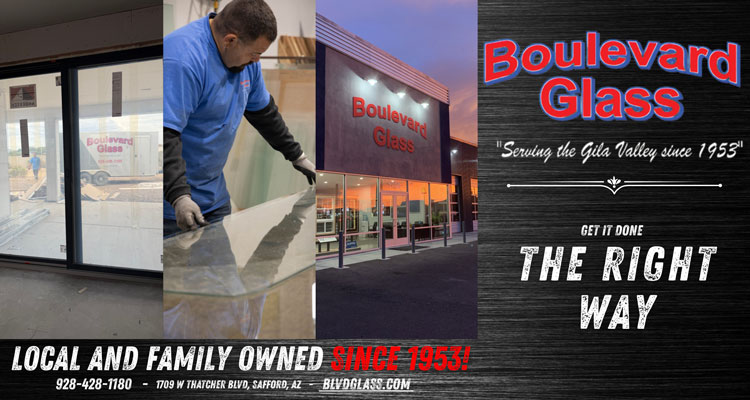Compare the durability and cost of different types of roof tiles. Learn which roofing material suits your needs and budget. Make an informed decision today!
When selecting the right roofing material for your home, it’s crucial to consider both durability and cost, and a roofer near me can help guide you in making the best decision for your needs. This is especially important if you’re thinking about installing solar panels, which add weight and complexity to your roof.
In this blog, we’ll compare different types of roof tiles, focusing on their durability and cost. Read on!
Asphalt Shingles
Asphalt shingles are the most common roofing material. They are relatively durable, with a lifespan ranging from 15 to 30 years.
However, their durability can vary depending on the quality of the shingles and the climate in which they are installed. They can be prone to damage from high winds and severe weather.
These are some of the most affordable roofing materials, with an average cost of $1 to $4 per square foot. This makes them an attractive option for budget-conscious homeowners.
Asphalt shingles are generally good for solar panel installation. Their flat surface makes it easier to securely attach the solar panels, and most roofing installers are familiar with working on asphalt roofs. Explore key questions about solar here.
Clay Tiles
Clay tiles are known for their durability. They can last anywhere from 50 to 100 years if properly maintained. They are resistant to fire, rot, and insects, making them a long-lasting option.
These are more expensive compared to asphalt shingles, with prices ranging from $10 to $15 per square foot. The high installation cost is due to their weight and the need for additional structural support.
Installing solar panels on clay tiles can be complicated. The tiles are brittle and can break easily during installation. Specialized mounting systems are often required to avoid damaging the tiles, which can increase the cost of solar panel installation.
Concrete Tiles
Concrete tiles are another durable roofing option, with a lifespan of 40 to 75 years. Like clay tiles, they are resistant to fire, rot, and insects. They are also able to withstand harsh weather conditions.
These tiles are less expensive than clay tiles but still costlier than asphalt shingles, with prices ranging from $5 to $10 per square foot.
The tile materials are more robust than clay tiles but still pose some challenges for solar panel installation. Special mounting brackets may be needed to prevent damage.
Slate Tiles
Slate tiles are one of the most durable roofing materials available, with a lifespan of 75 to 200 years. They are incredibly resistant to fire, rot, and insects, and they can withstand extreme weather conditions.
Slate tiles are among the most expensive roofing materials, with costs ranging from $20 to $30 per square foot. The high price is due to their durability and the intricate installation process.
Installing solar panels on a slate roof is challenging. Slate is brittle and prone to cracking during installation. Specialized equipment and experienced professionals are necessary, which adds to the overall roofing costs.
Metal Roofing
Metal roofs are highly durable and can last between 40 to 70 years. They are resistant to extreme weather and offer excellent protection against fire and insects.
The cost of metal roofing varies widely, ranging from $5 to $15 per square foot. The price depends on the type of metal used (steel, aluminum, copper, etc.) and the roofing style.
Metal roofs are very compatible with solar panels. The metal surface makes it easy to install mounting brackets, and the durability of the roof ensures it can support the additional weight. Experienced roof replacement experts explain to clients the long-term benefits of pairing solar panels with durable roofing materials. They also highlight how this combination can improve energy efficiency and reduce overall maintenance costs.
Wood Shingles and Shakes
Wood shingles and shakes offer a natural look but have certain durability concerns. They typically last 20 to 40 years but require regular maintenance to prevent rot, mold, and insect damage. Their performance varies based on the type of wood used and the local climate.
These are moderately priced, with costs ranging from $6 to $10 per square foot. However, the need for ongoing maintenance can add to the long-term cost.
Installing solar panels on wood roofs can be tricky. Wood is less stable than other materials, which might require additional adjustments to ensure the panels are securely installed.
Synthetic Roofing Materials
Synthetic roofing materials, including rubber, plastic, and polymer tiles, are designed to mimic the look of more traditional materials like slate and wood. They are durable, often lasting 30 to 50 years, and are resistant to issues like rot and insects.
These range from $7 to $12 per square foot. While slightly higher than asphalt shingles, they offer increased durability without the high cost of natural materials like slate.
Synthetic materials are generally good for solar installations. They provide a stable and flat surface that makes it easier to attach solar panel mounting systems.
Factors to Consider When Combining Roof Tiles and Solar Panels
When considering combining roof tiles with solar panels, these are a few key factors to keep in mind.
Weight Load
Consider the additional weight they add to your roof. Materials like clay and slate are already heavy, and the extra weight can strain the roofing structure. It’s crucial to ensure that your roof can handle the combined weight of both the tiles and the solar panels.
Installation Complexity
The complexity of installing solar panels varies with different types of roof tiles. Asphalt and metal roofs offer a straightforward installation process. However, clay, concrete, and slate tiles are more prone to damage, requiring specialized equipment and expertise.
Roof Slope and Orientation
The slope and orientation of your roof can influence both the type of tiles you choose and the efficiency of your solar panels. A steeper slope can be challenging for certain materials but might be excellent for maximizing solar exposure.
Maintenance Needs
Different roofing materials have different maintenance requirements. For instance, wood shingles need regular treatment to prevent decay, while metal roofs require minimal maintenance.
Similarly, solar panels also need occasional cleaning and inspection to ensure they are functioning efficiently.
Aesthetic Appeal
The look of your roof is an important factor to consider. Different materials offer different aesthetics, from the classic look of slate and clay tiles to the modern appearance of metal roofs.
Opting for materials that complement the style of your home will enhance its overall appearance.
Evaluating the Durability of Solar Panels vs. Different Types of Roof Tiles
Selecting the right roofing material involves a balance between durability, cost, and the feasibility of solar panel installation.
When considering solar panel installation, it’s crucial to factor in the additional weight, complexity, and maintenance needs of different types of roof tiles. Ensuring that your roof can support both the tiles and the solar panels will lead to a more efficient and longer-lasting roof system.
By carefully evaluating these factors, you can select a roofing material that fits your needs and enhances the sustainability of your home.










